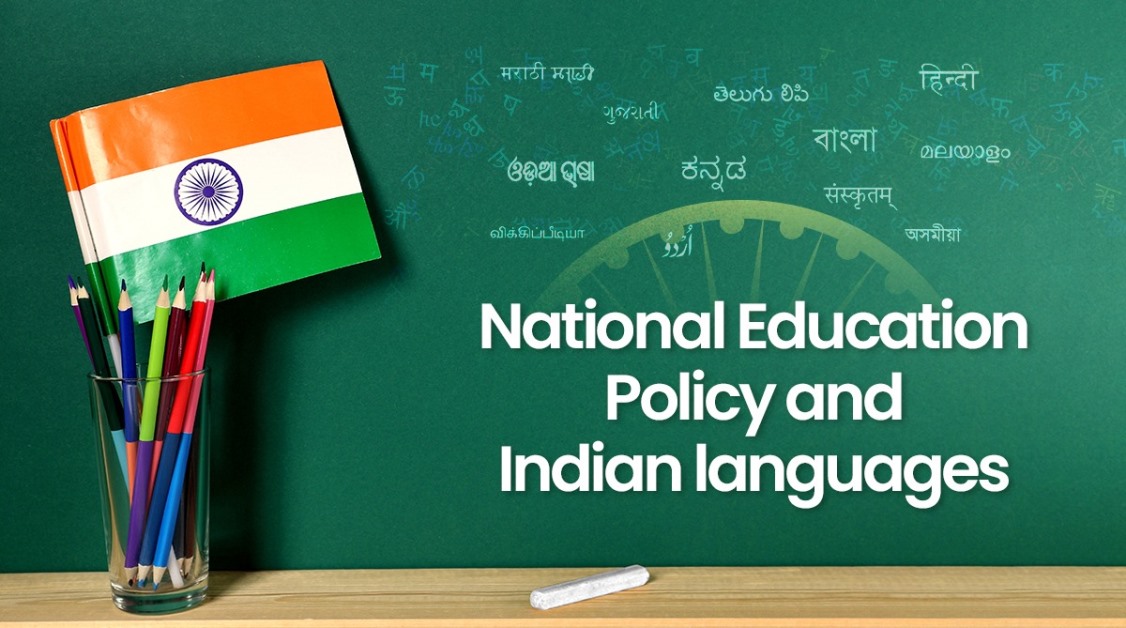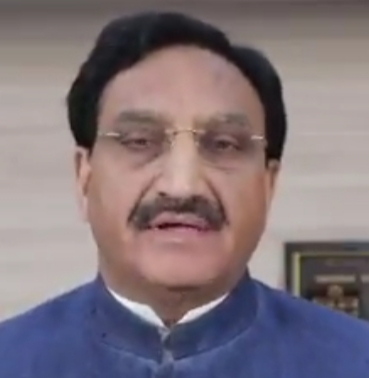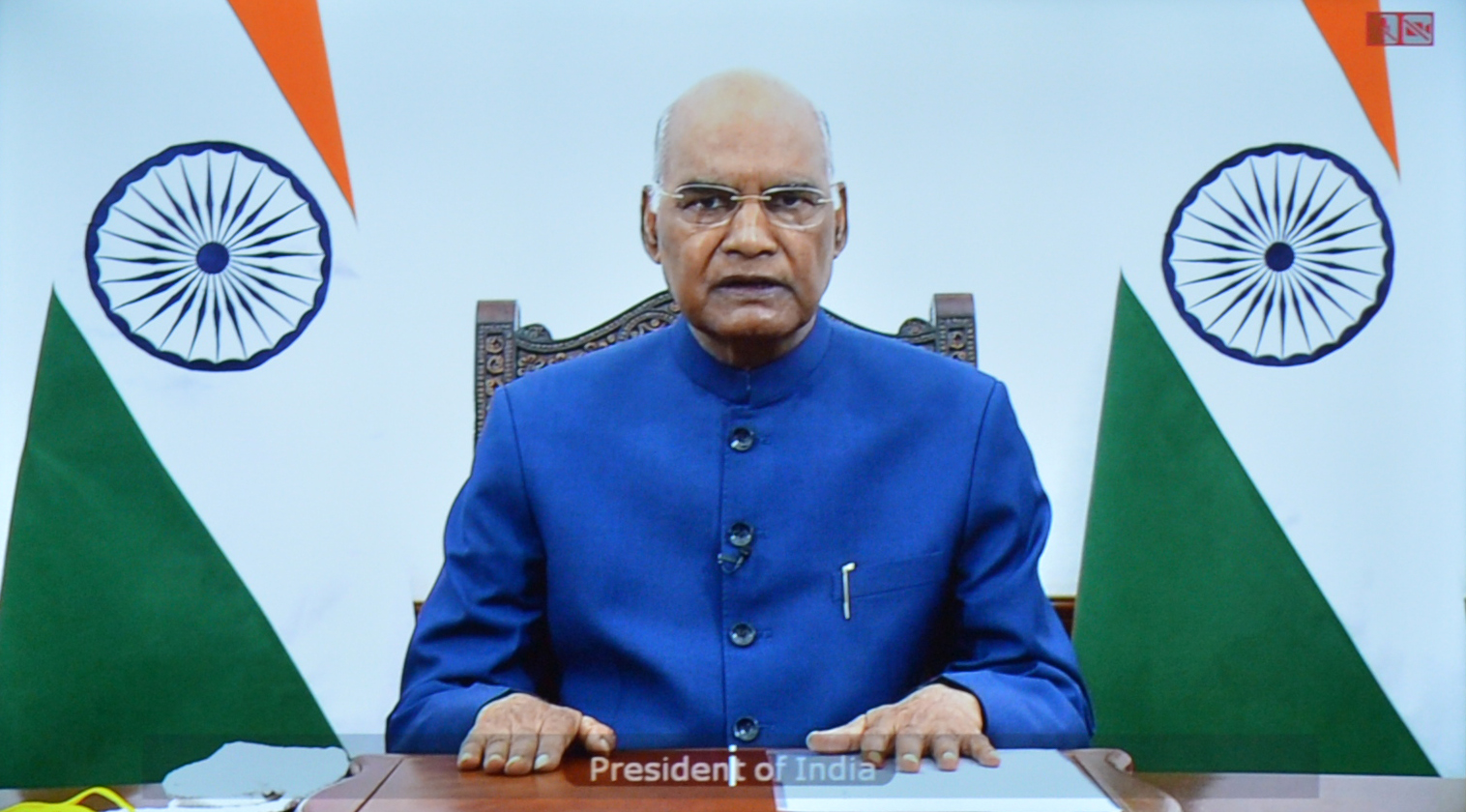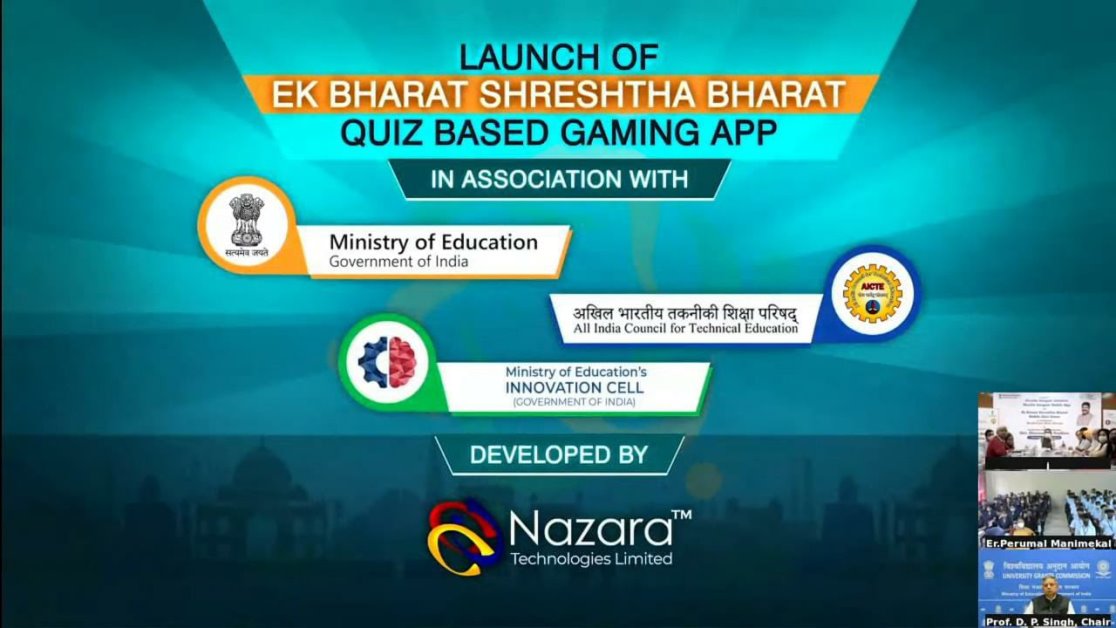Starting from the Foundational Stage, under NEP2020 children will be exposed to different languages with a particular emphasis on the mother tongue
 KRC TIMES Desk
KRC TIMES Desk

Dr.Ramesh Pokhriyal ‘Nishank’
“After the NEP came, there has been much discussion on what will be the language of instruction. Here we have to understand one scientific fact that language is the medium of education, not entire education itself. People caught in too much of bookish knowledge often fail to grasp this distinction. Whatever language the child can learn easily in should be the medium of instruction.” ~ Prime Minister Narendra Modi
As stated by Prime Minister Narendra Modi, NEP 2020 will promote multilingualism in teaching and learning. It is well understood that young children learn and grasp nontrivial concepts more quickly in their home language/mother tongue. Therefore, wherever possible, the medium of instruction until at least Grade 5, but preferably till Grade 8 and beyond, will be the home language/mother tongue. This will be followed by both public and private schools.
Furthermore, high-quality textbooks, including in science, will be made available in home languages/mother tongue. All efforts will be made early on to ensure that any gaps that exist between the language spoken by the child and the medium of teaching are bridged. In cases where home language/mother tongue textbook material is not available, the language of the transaction between teachers and students will still remain the home language/mother-tongue wherever possible. Teachers will be encouraged to use a bilingual approach, including bilingual teaching-learning materials, with those students whose home language may be different from the medium of instruction.
Research shows that children pick up languages extremely quickly between the ages of 2 and 8 and that multilingualism has great cognitive benefits to young students. Thus, children will be exposed to different languages early on, with a particular emphasis on the mother tongue, starting from the Foundational Stage onwards. All languages will be taught in an enjoyable and interactive style, with plenty of interactive conversation, and with early reading. There will be a major effort from both the Central and State governments to invest in large numbers of language teachers in all regional languages around the country, and, in particular, for all languages mentioned in the Eighth Schedule of the Constitution of India. Extensive use of technology will be made for teaching and learning of different languages and to popularize language learning.
The three-language formula will continue to be implemented while keeping in mind the Constitutional provisions, aspirations of the people, regions, and the Union, and the need to promote multilingualism as well as promote national unity. However, there will be greater flexibility in the three-language formula, and no language will be imposed on any State. The three languages learned by children will be the choices of States, regions, and of course, the students themselves, so long as at least two of the three languages are native to India.
As so many developed countries around the world have amply demonstrated, being well educated in one’s language, culture, and traditions is not a detriment but indeed a huge benefit to educational, social, and technological advancement. India’s languages are among the richest, most scientific, most beautiful, and most expressive in the world, with a huge body of ancient as well as modern literature, film, and music are written in these languages that help form India’s national identity and wealth. For purposes of cultural enrichment as well as national integration, all young Indians should be aware of the rich and vast array of languages of their country, and this is what NEP 2020 will achieve.

(Authur is the Union Minister of Education, Government of India. The article is first published in LinkedIn)





